Redacted
All Australian
Woomera in 1948
Sent from my SM-A305YN using Tapatalk
Sent from my SM-A305YN using Tapatalk
Follow along with the video below to see how to install our site as a web app on your home screen.
Note: This feature may not be available in some browsers.

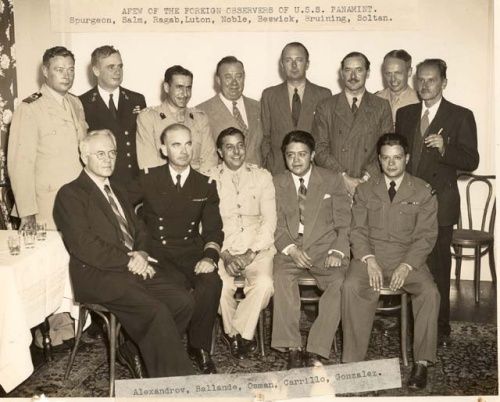
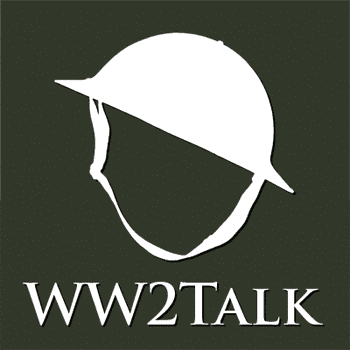 ww2talk.com
ww2talk.com
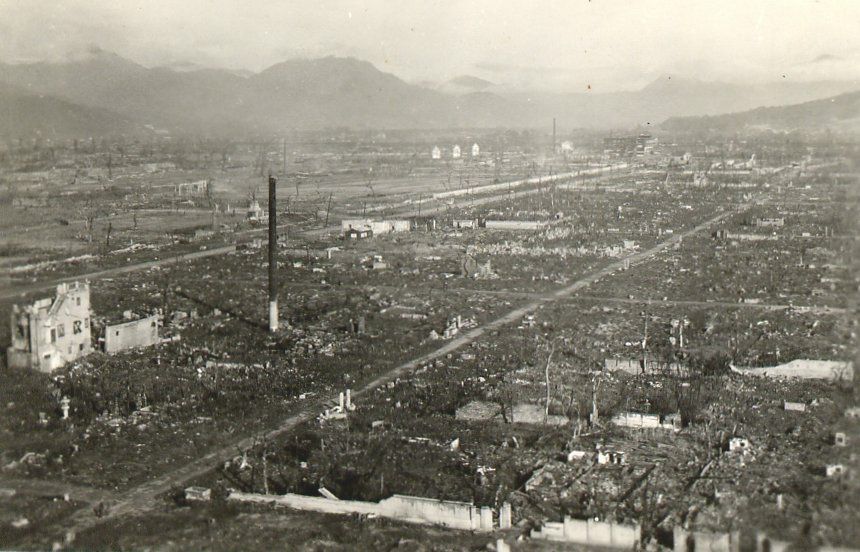
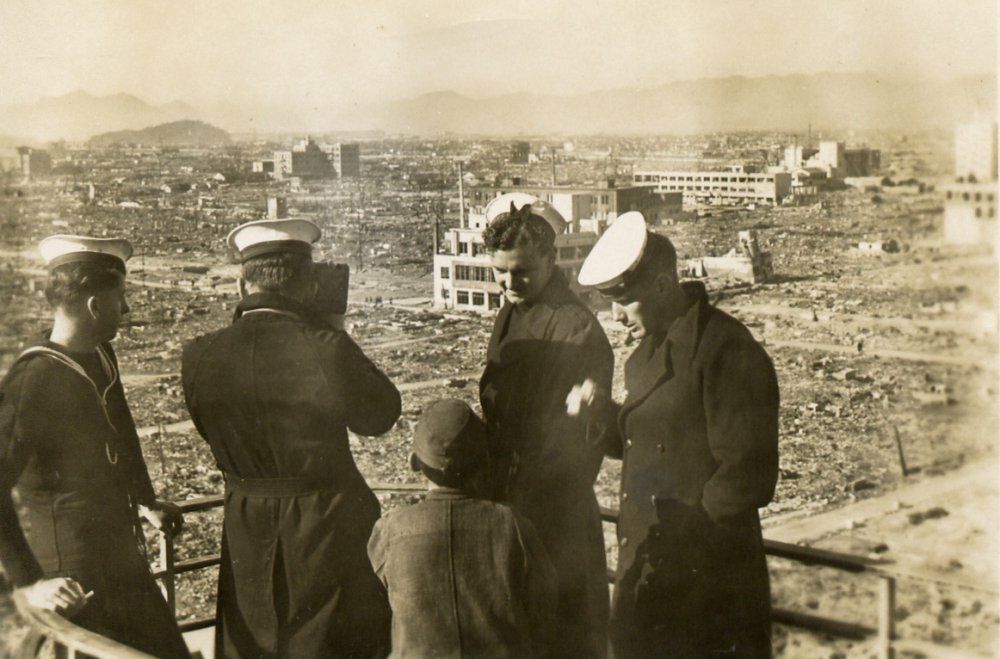
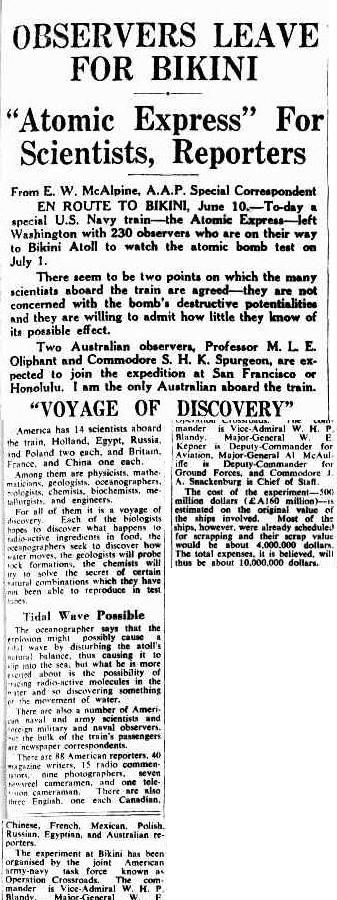
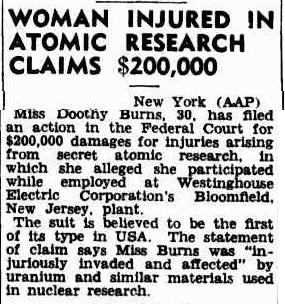
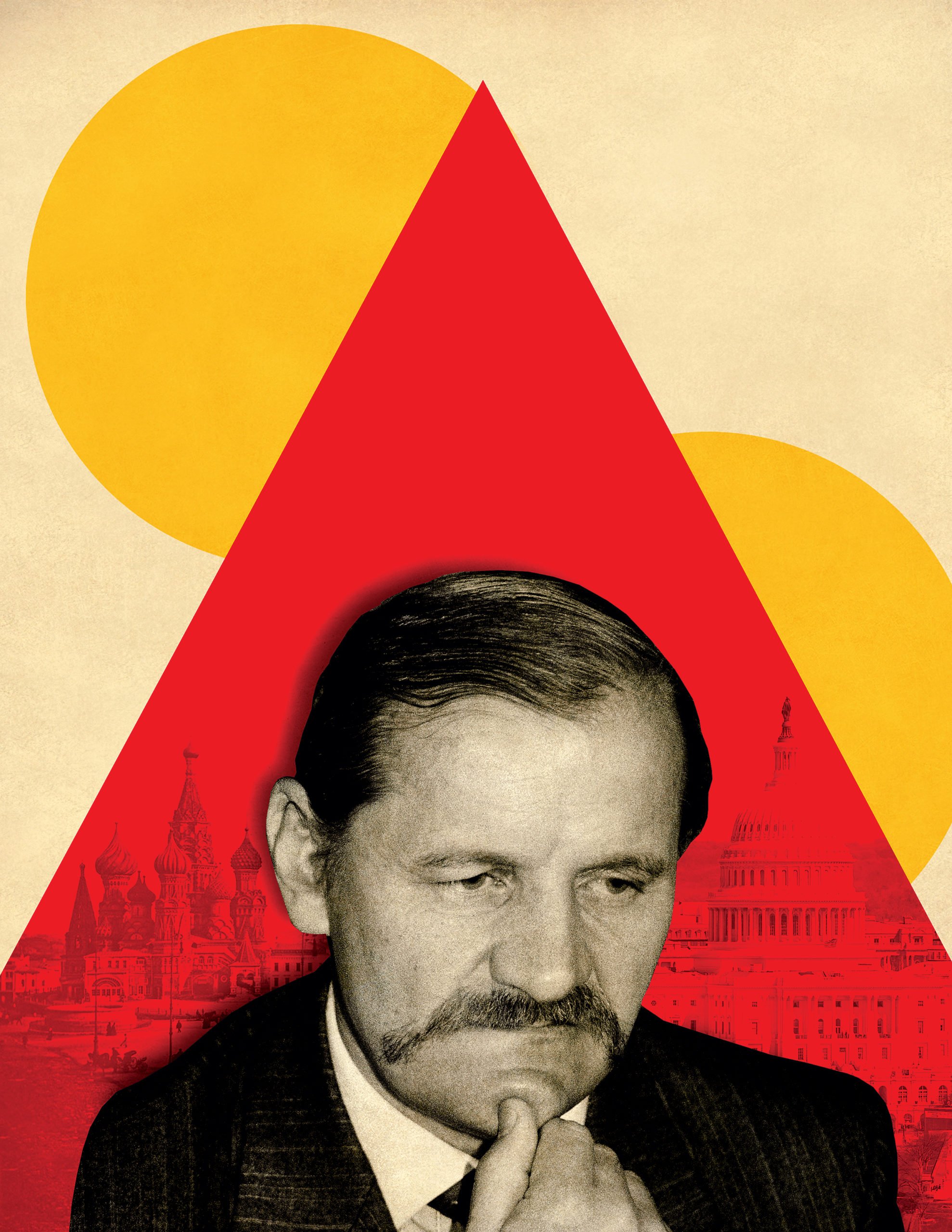
FamilySearch.Com has a Walter Ashton timeline ending in 1948.
Geni.com has a Albert Walter Ashton being issued a burial notice in NZ 1968.
However the Geni.com family tree swaps his forenames around. It maybe that they've conflated two different people by choosing the same birth year on both records and hence put him in the wrong family group, or as sometimes happens a person is declared legally dead after being missing for twenty years.
Only way to know is to get the 1968 burial notice from NZ for Albert Walter Ashton and see if it's the same man or see in what circumstances it was issued.
Couldn't find a death certificate in NZ so far, so I'm wondering if whoever's body it was shipped from overseas.
But so far, nothing to confirm it was him.
The FamilySearch.Com entry lists his wife and kids. The Geni.com entry does not, but lists the same siblings.
Presumably the FamilySearch.Com family tree was created by his immediate descendants and the Geni.com family tree by one of his siblings descendants. The FamilySearch.Com tree appears to be more reliable. There s no sources listed except what I added yesterday, which was to link both together
FamilySearch.org
Discover your family history. Explore the world’s largest collection of free family trees, genealogy records and resources.ancestors.familysearch.org

Sent from my SM-A305YN using Tapatalk
| Registration Number | Family Name | Given Name(s) | Date of Birth/ Age at Death | |
|---|---|---|---|---|
| 1968/39173 | Ashton | Albert Walter | 60Y |
Worth following up on ArthurEmmons 111rd, US Embassy and close association with Asio, Max Phillips? He was the Director in Canberra. ASIO were certainly aware of Oliphant and of one other.A Final Rendezvous revisited
A friend of Mr Skirpov eh? No wonder ASIO had 3 files on Oliphant. This one's interesting, in as much as it's in the very timeframe that Skirpov received the burst transmitter from Moscow and passed it to "Sylvia" for delivery to Adelaide. similar timeframe when Oliphant was due to host visiting Russian scientists. This maybe the same flight that bought the burst transmitter to Australia.
A lot of redacted stuff and non disclosed pages in Oliphant's files btw
Sent from my SM-A305YN using Tapatalk
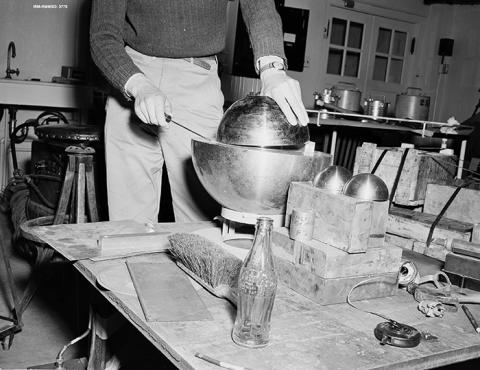
LA-13638, "A Review of Criticality Accidents" 003731912 - NRCView attachment 980181

Atomic Accidents
Although the Manhattan Project was overall a surprisingly safe project, there were a few tragic accidents.www.atomicheritage.org
Extract:
The Philadelphia Incident
On September 2, 1944, three men entered the transfer room of the liquid thermal diffusion semi-works at the Philadelphia Navy Yard to repair a clogged tube. The tube they were working on consisted of two concentric pipes with liquid uranium hexafluoride circulating in the space between them and the innermost pipe contained high-pressure steam.
These men, all from different backgrounds and each representing a different facet of the complex Manhattan Engineer District, had one thing in common: they had all volunteered to work in a dangerous environment on a process that had only recently moved from the laboratory experimental stage to a pilot plant operation. Peter N. Bragg Jr., a chemical engineer from Arkansas, was hired in June by the Navy Research Lab; Douglas P. Meigs was an employee of the H. K. Ferguson Company of Cleveland, OH, the prime contractor for the thermal diffusion project; and Arnold Kramish, a physicist by education and a member of the Special Engineer Detachment (SED), was on loan from Oak Ridge, TN.
Kneeling on the floor with a Bunsen burner, Bragg and Meigs worked to free the clogged tube. Without warning, at 1:20 PM, there was a terrific explosion. As the tube shattered, the liquid uranium hexafluoride combined with the escaping steam and showered the two engineers with hydrofluoric acid, one of the most corrosive agents known. Within minutes, both Bragg and Meigs, with third degree burns all over their bodies, were dead and Kramish, also burned, was near death.
As the explosion ripped through the transfer room of the Naval Research Laboratory's thermal diffusion experimental pilot-plant, the battleship U.S.S. Wisconsin sat berthed not more than two hundred yards away. Just back from its "shakedown" cruise, the sailors on board were never made aware that they had been exposed to a cloud of uranium hexafluoride, nor were the firemen and others who responded to the scene. Although not highly radioactive, the uranium hexafluoride was nevertheless toxic.
Due to the extreme secrecy surrounding the Manhattan Project and specifically this experimental facility at the Philadelphia Navy Yard, General Leslie Groves immediately drew a veil over the incident. A press release was entitled only "Explosion at Navy Yard." Even the Philadelphia coroner was not made aware of the actual causes of death. It was not until many years later that the facts of the incident emerged.
Sent from my SM-A305YN using Tapatalk
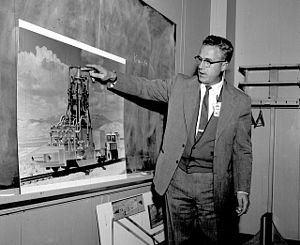

Similar structure, similar ear definitionNotice anything interesting about Stuart Seborer's 1939 photograph?
Source》
"Fourth Spy Unearthed in U.S. Atomic Bomb Project" article published 24/11/2019 https://www.nytimes.com/2019/11/23/science/manhattan-project-atomic-spy.html?smid=tw-shareView attachment 990631
Sent from my SM-A305YN using Tapatalk
I'll have to dig up photos of relatives. His tree is on geni.com so I'll begin a search for anyone that might've disappeared in the 1940'sSimilar structure, similar ear definition

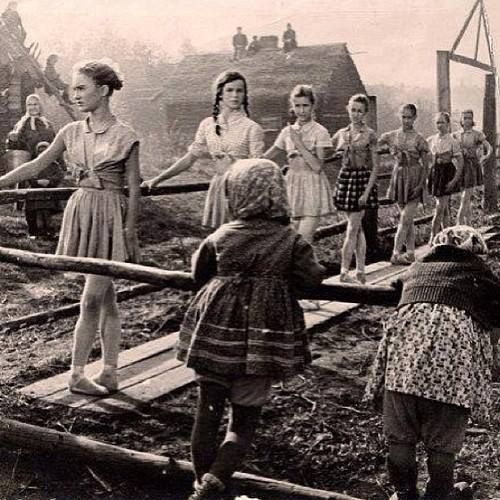
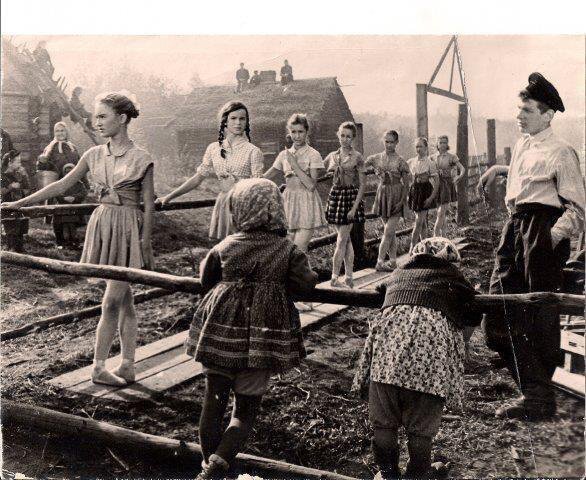
 hoaxeye.com
hoaxeye.com

I'll have to dig up photos of relatives. His tree is on geni.com so I'll begin a search for anyone that might've disappeared in the 1940's

Sent from my SM-A305YN using Tapatalk
